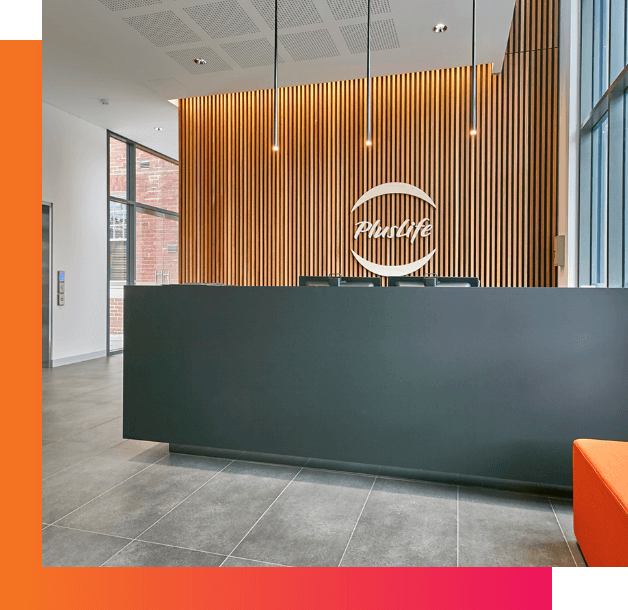
Where Does Allograft Come From
There are two types of bone donation. Patients having hip replacement surgery can donate the ball part of the hip joint (femoral head). You may also be aware that people choose to donate their organs and tissues after death. During their lifetime people may indicate a wish to donate organs and tissue and these otherwise healthy people may become donors as a result of an unexpected death. With the consent of their next of kin, bone and tissue (such as tendons, ligaments) can be donated after death.
Pluslife exclusively retrieves 100% Australian donated bone and tissue. There is a remarkable record of safety with allografts in Australia and strict regulatory controls monitor the donation and transplantation of tissue.
You should be aware that even with rigorous testing procedures, there does remain a very small risk of disease transmission. However, it is very important to reiterate, it is an extremely low risk and there are exhaustive steps taken to ensure screening, testing and processing is performed in compliance with strict regulations and guidelines.
Please discuss any question you might have with your surge
How Are Bone and Tissue Grafts Used?
Bone, tendon, and ligament grafts are often used in conjunction with prosthetic implants such as metal hip implants, plates and screws. Once implanted into the recipient, bone graft does not grow, but can stimulate the recipient’s own bone to grow into the graft to repair areas of lost bone.
There are strict donor selection criteria and regulatory controls related to the screening and testing of donors and donated material. A thorough review of the donor’s medical and social history is obtained before use of the donated material is permitted.




